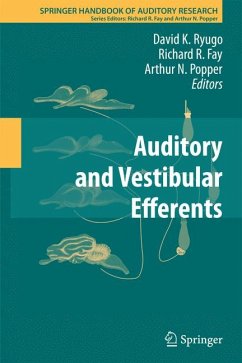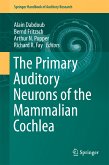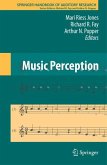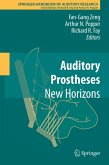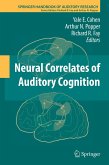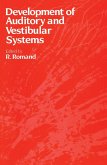Contents: . Introduction David K. Ryugo . Anatomy of Olivocochlear Neurons M. Christian Brown . Physiology of the Medial and Lateral Olivocochlear Systems John J. Guinan Jr. . Pharmacology and Neurochemistry of Olivocochlear Efferents William F. Sewell . Cholinergic Inhibition of Hair Cells Eleonora Katz, Ana Belén Elgoyhen, and Paul Albert Fuchs . The Efferent Vestibular System Joseph C. Holt, Anna Lysakowski, and Jay M. Goldberg . Development of the Inner Ear Efferent System Dwayne Simmons, Jeremy Duncan, Dominique Crapon de Caprona, and Bernd Fritzsch . Evolution of the Octavolateral Efferent System Christine Köppl . Central Descending Auditory Pathways Brett R. Schofield . Central Effects of Efferent Activation Donald Robertson and Wilhelmina H.A.M. Mulders . Corticofugal Modulation and Beyond for Auditory Signal Processing and Plasticity Nobuo Suga, Weiqing Ji, Xiaofeng Ma, Jie Tang, Zhongju Xiao, and Jun Yan
About the Editors:
David K. Ryugo is Professor (retired and part time) in the Departments of Otolaryngology-Head and Neck Surgery and Neuroscience at the Johns Hopkins University School of Medicine, and Curran Foundation Professor of Neuroscience at the Garvan Institute of Medical Research. Richard R. Fay isDirector, Parmly Sensory Sciences Institute and Interdisciplinary Neuroscience Minor and Professor of Psychology at Loyola University of Chicago. Arthur N. Popper is Professor in the Department of Biology and Co-director of the Center for Comparative and Evolutionary Biology of Hearing at the University of Maryland, College Park.
About the series: The Springer Handbook of Auditory Research presents a series of synthetic reviews of fundamental topics dealing with auditory systems. Each volume is independent and authoritative; taken as a set, this series is the definitive resource in the field.
Dieser Download kann aus rechtlichen Gründen nur mit Rechnungsadresse in A, B, BG, CY, CZ, D, DK, EW, E, FIN, F, GR, HR, H, IRL, I, LT, L, LR, M, NL, PL, P, R, S, SLO, SK ausgeliefert werden.
"This is an outstanding book concerning the vestibular and cochlear systems in small animals. ... this is an outstanding reference for students in physiology, hearing, psychophysics, etc. Seasoned neurophysiologists, audiologists, and advanced investigators can benefit substantially from this reference." (Joseph J. Grenier, Amazon.com, October, 2014)

